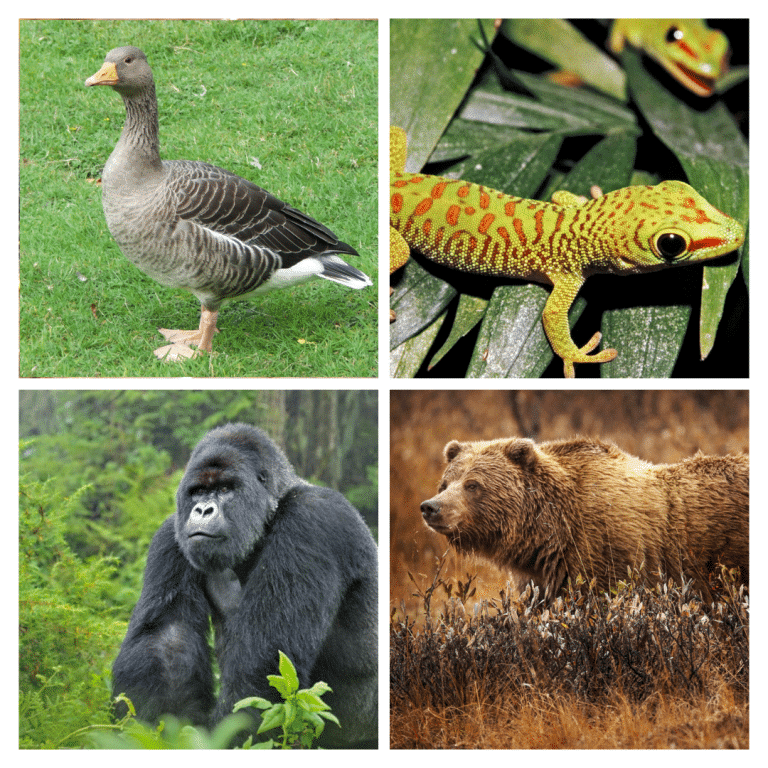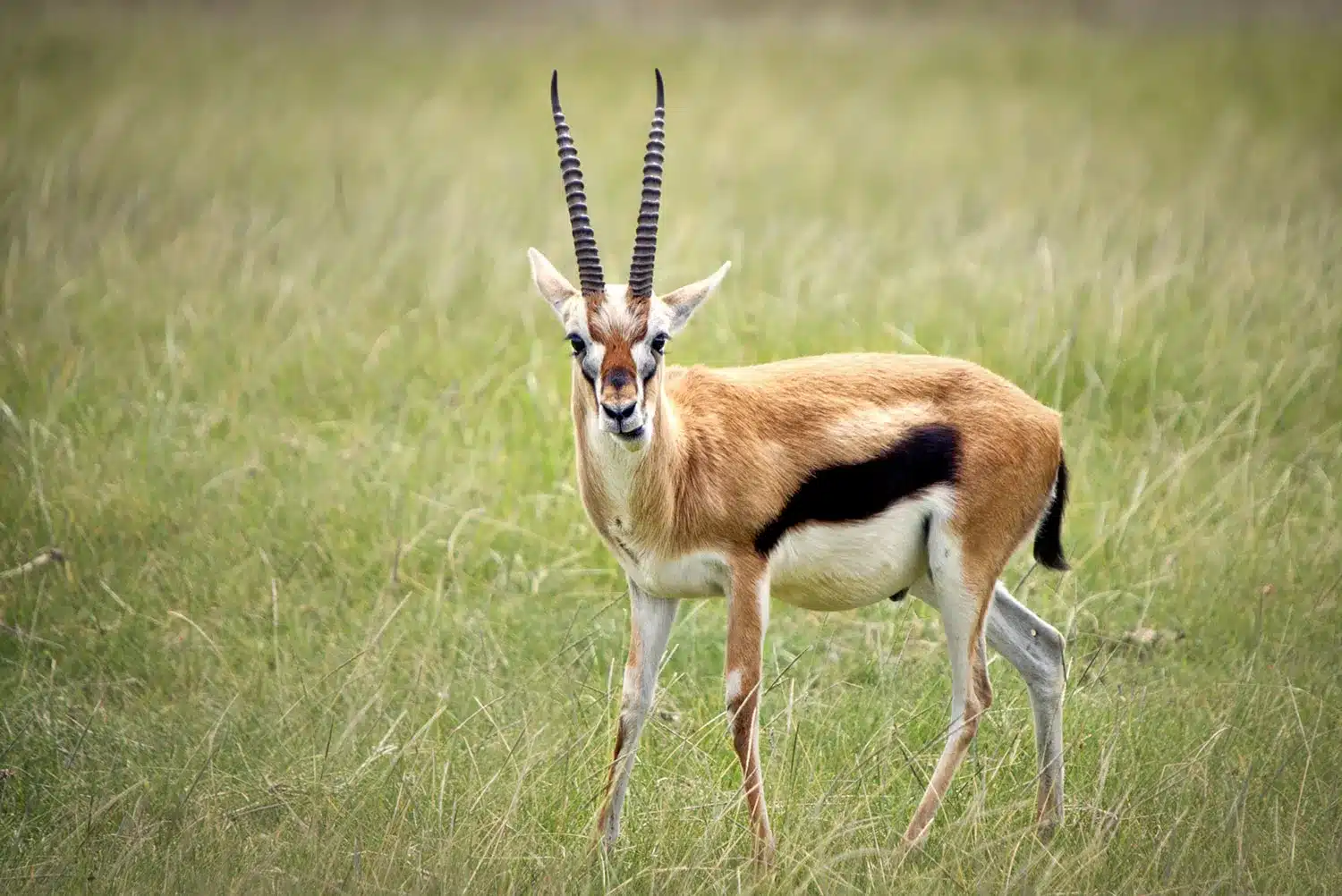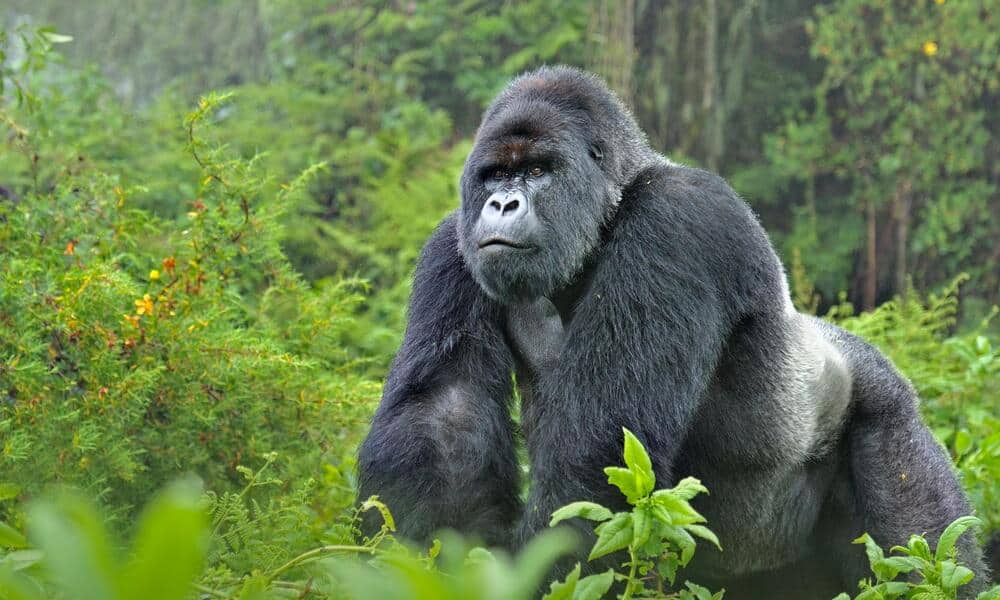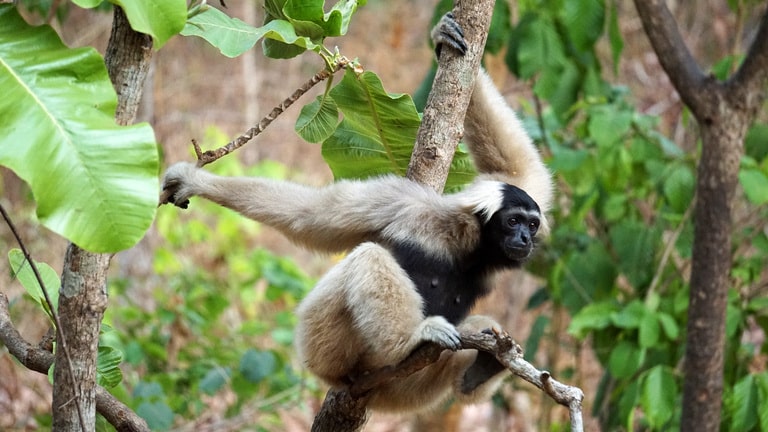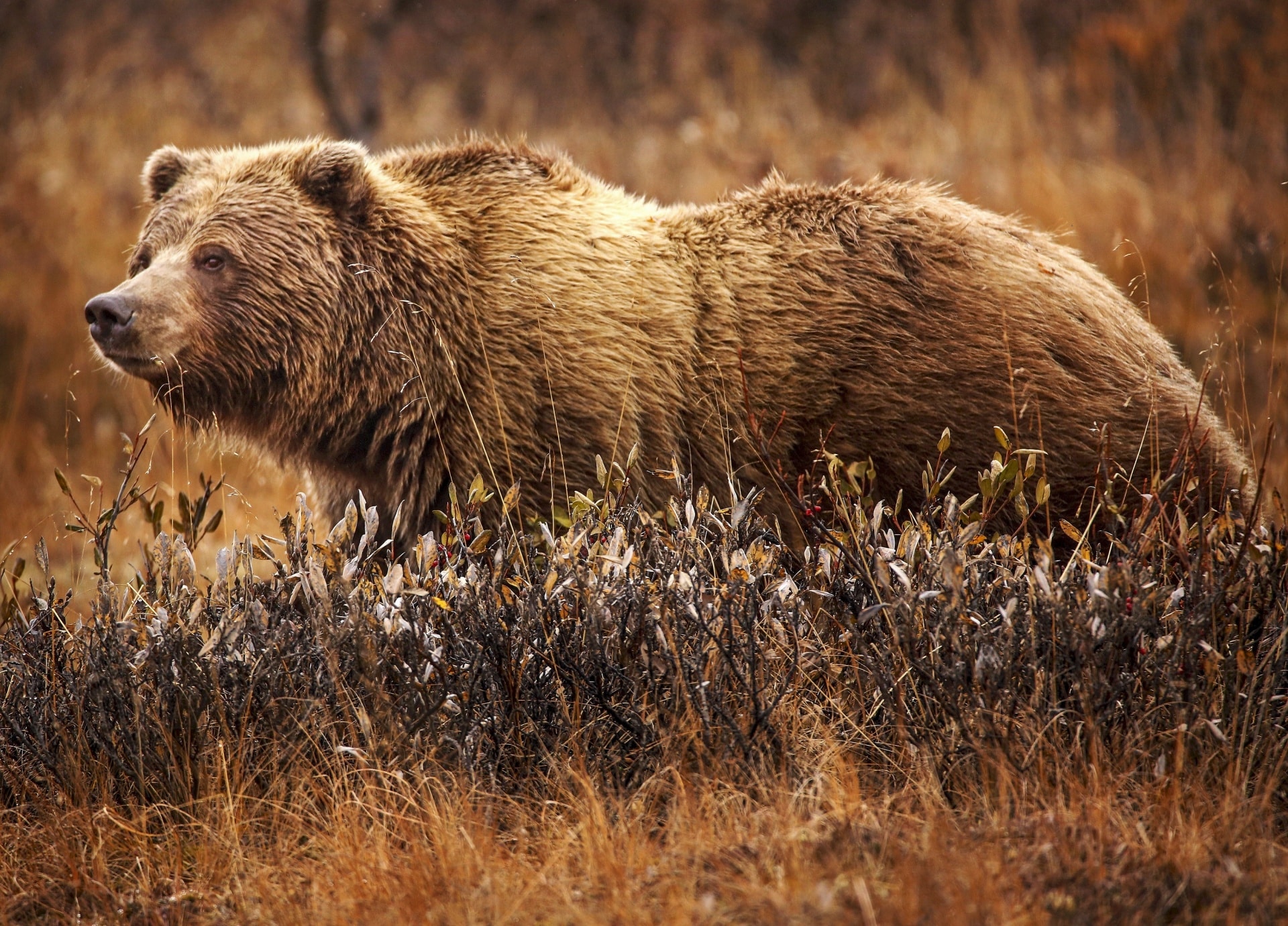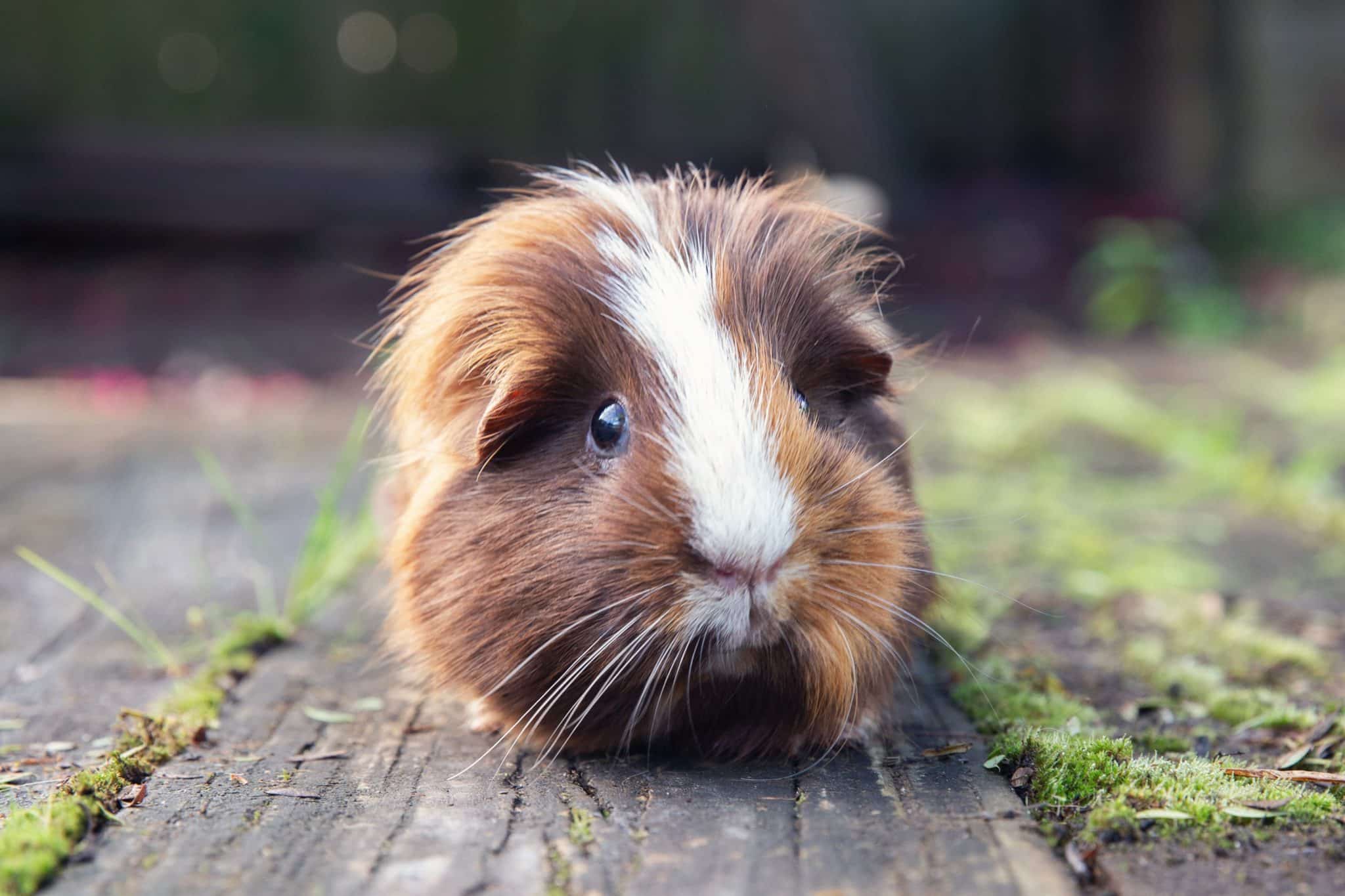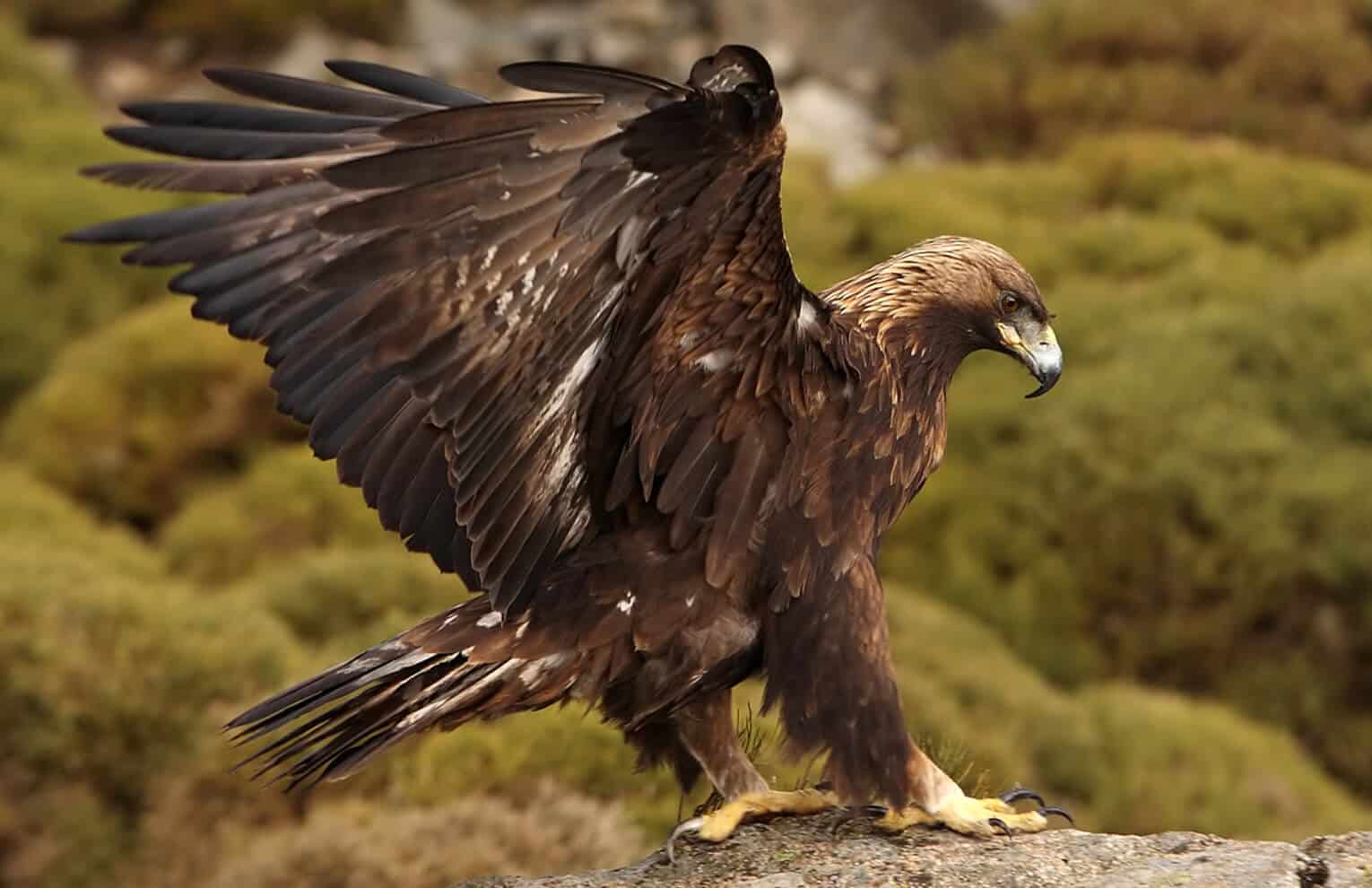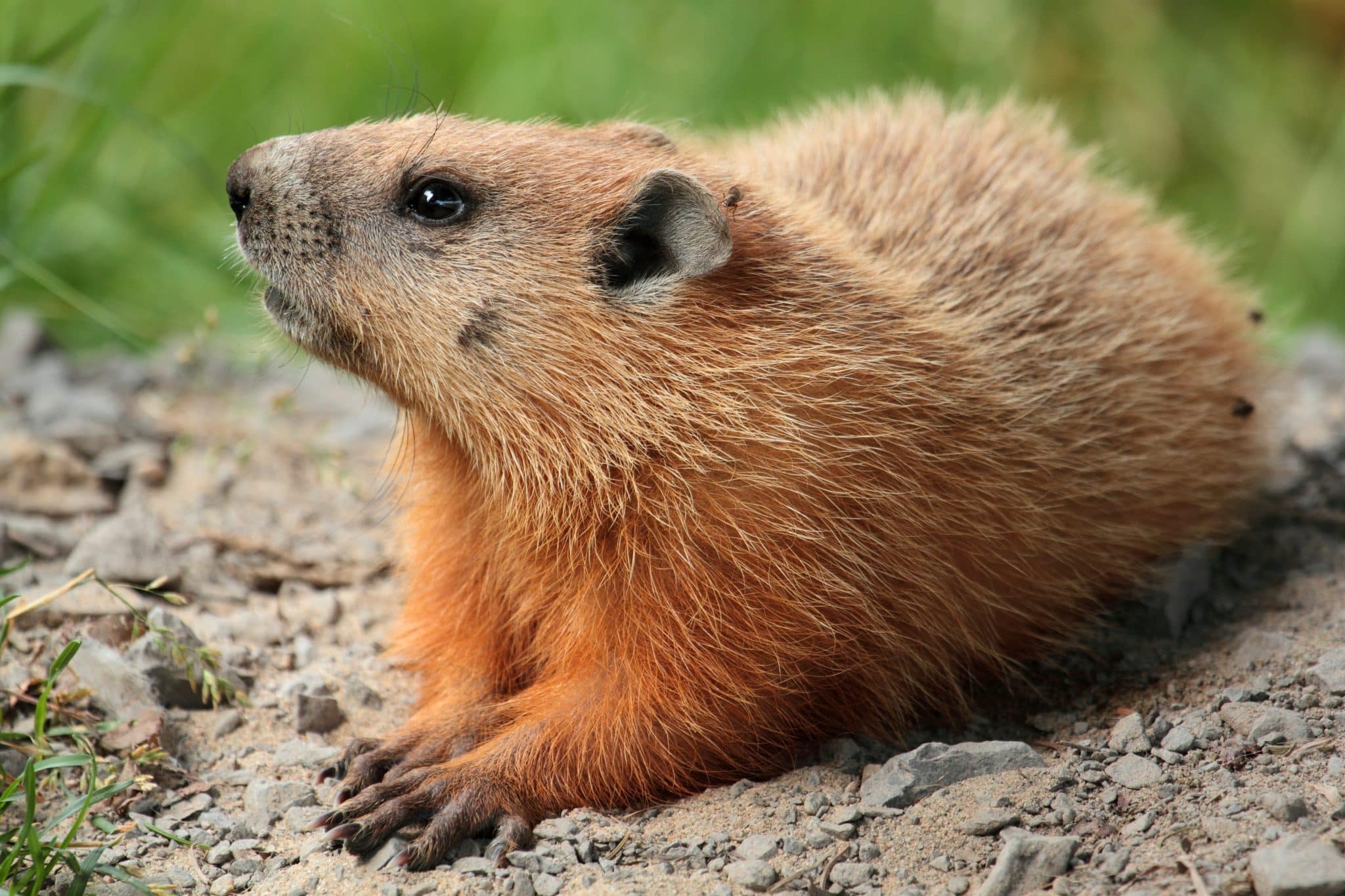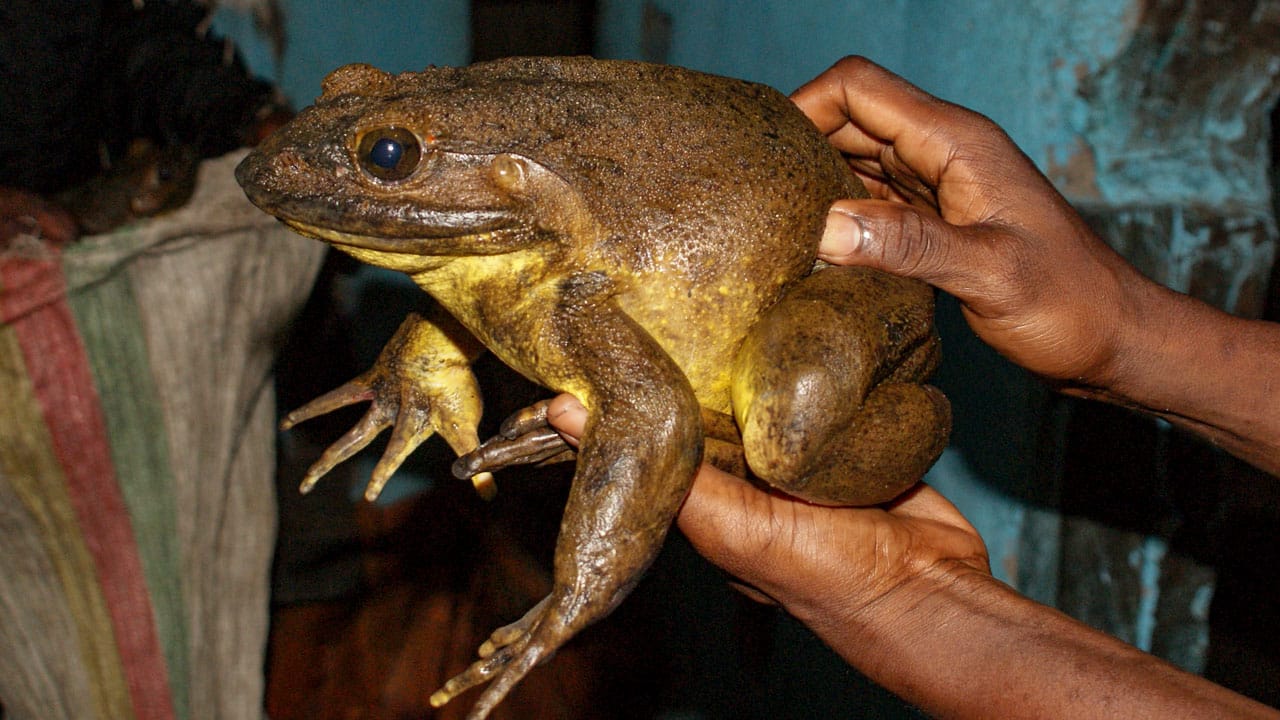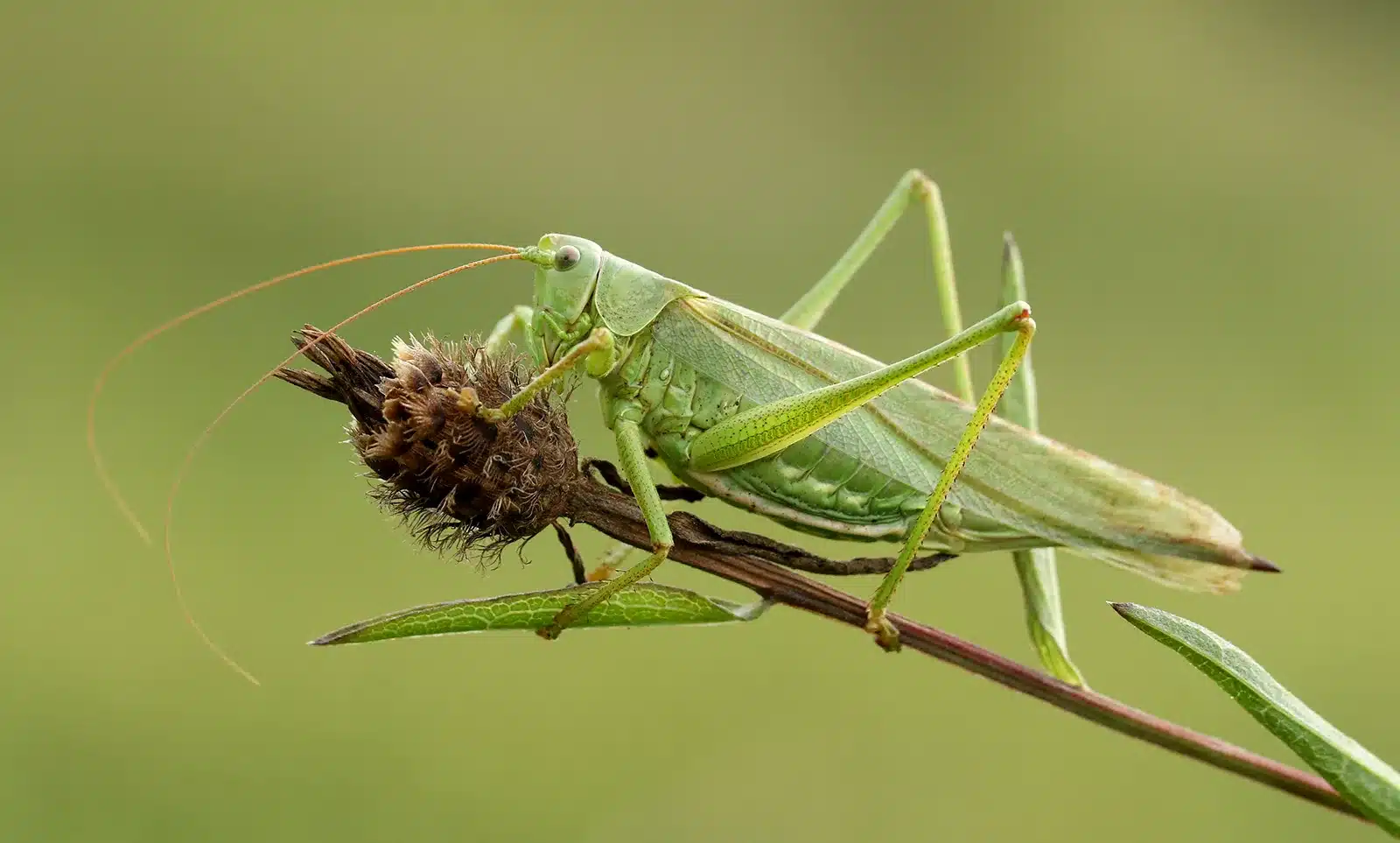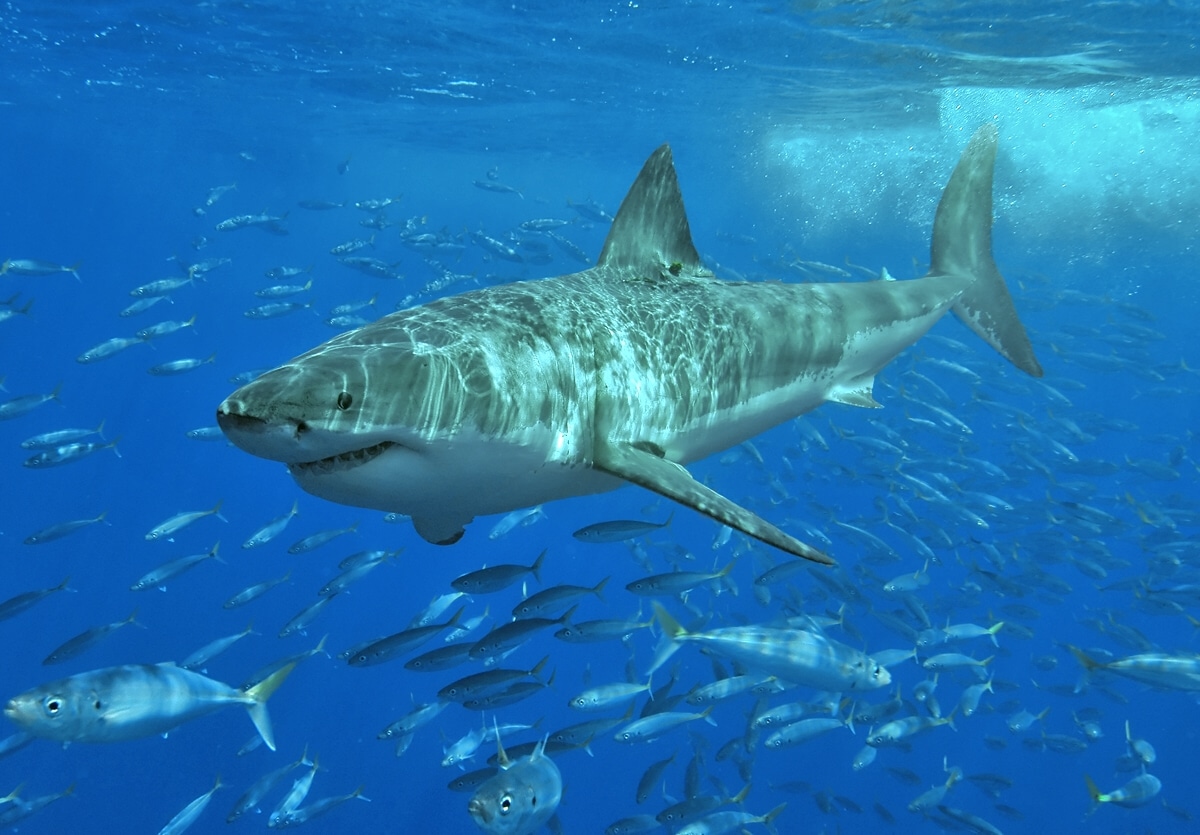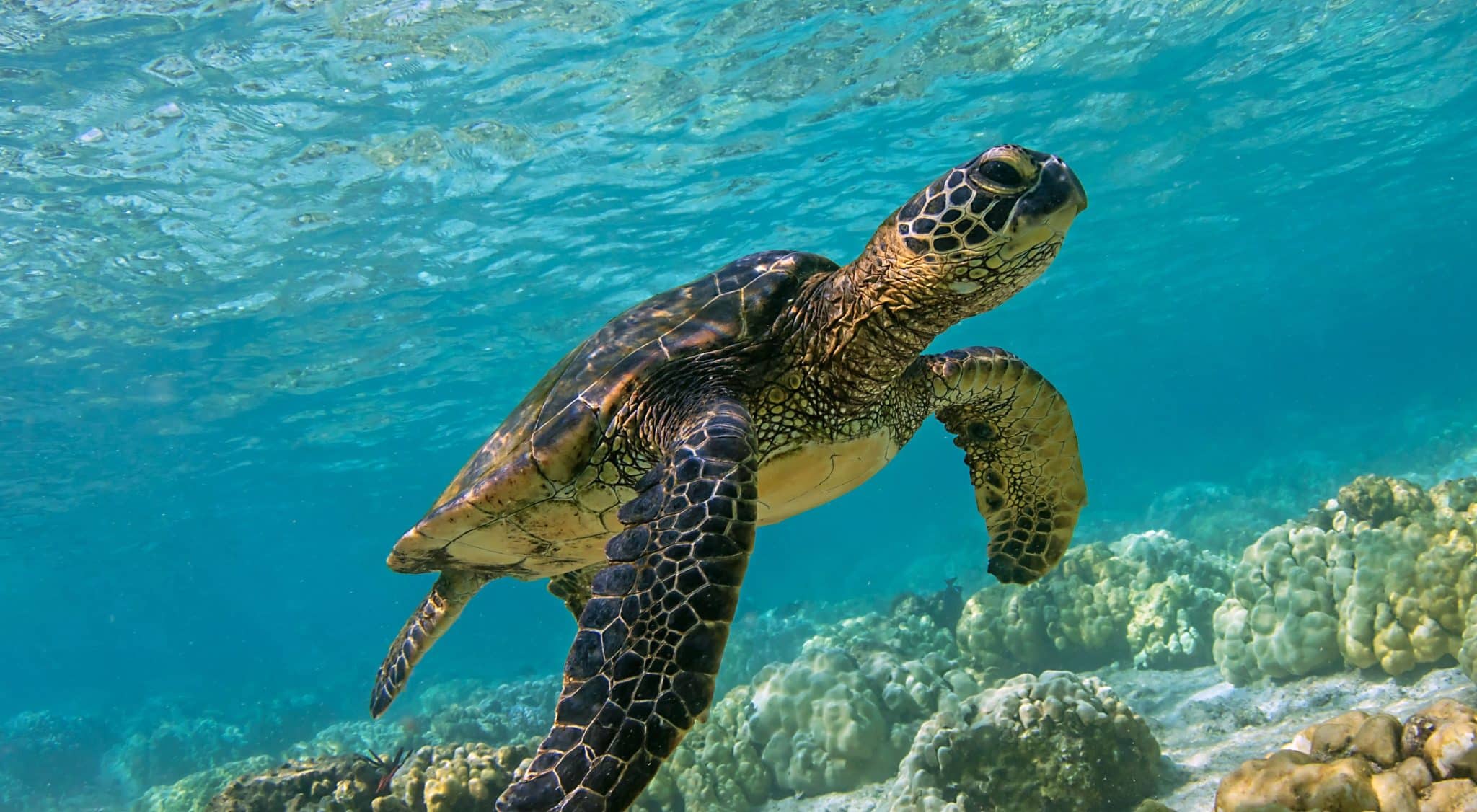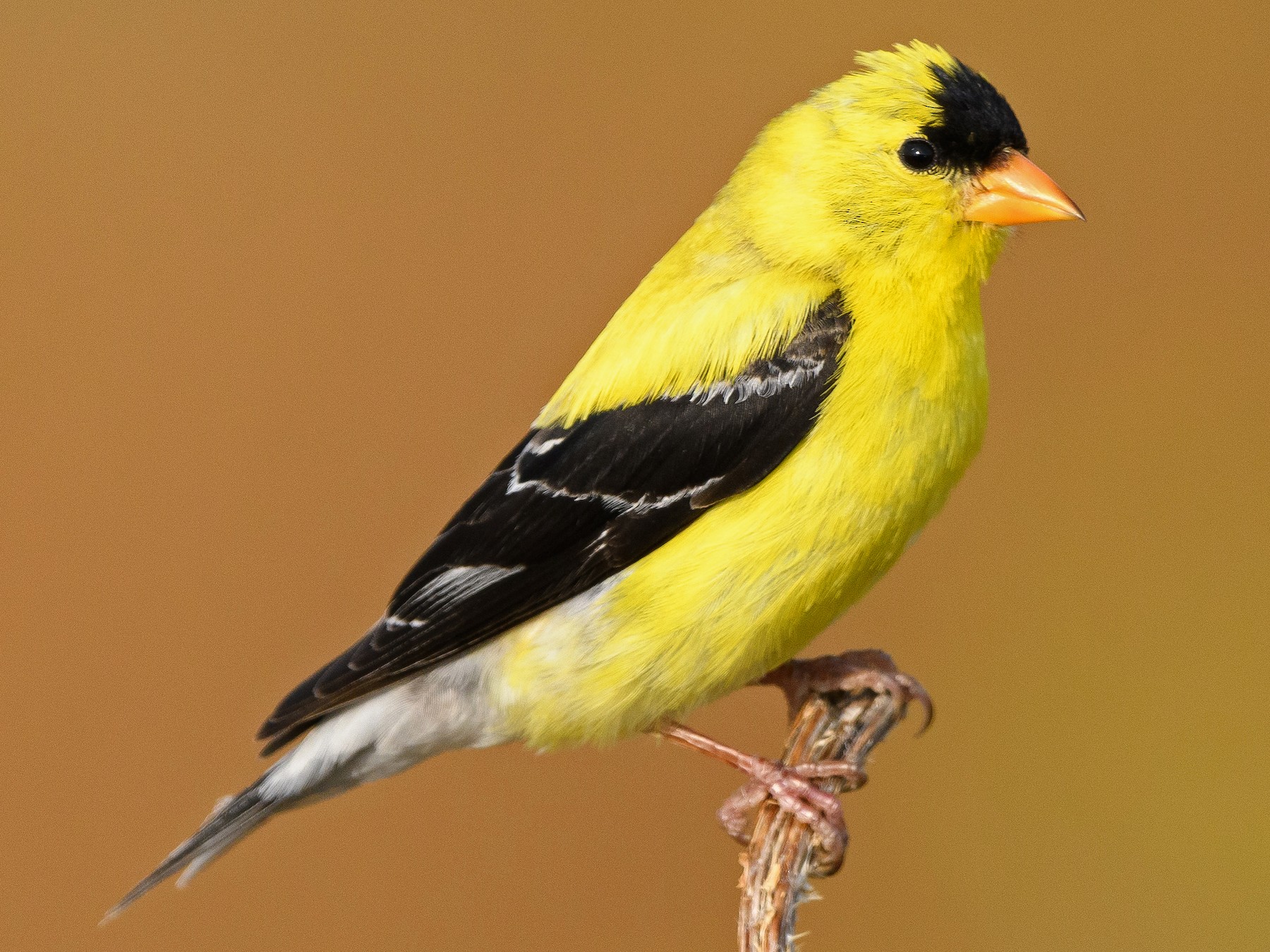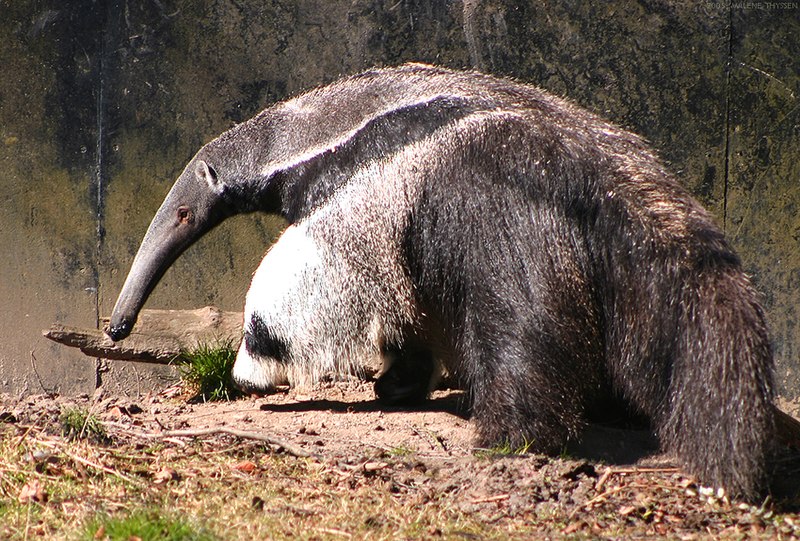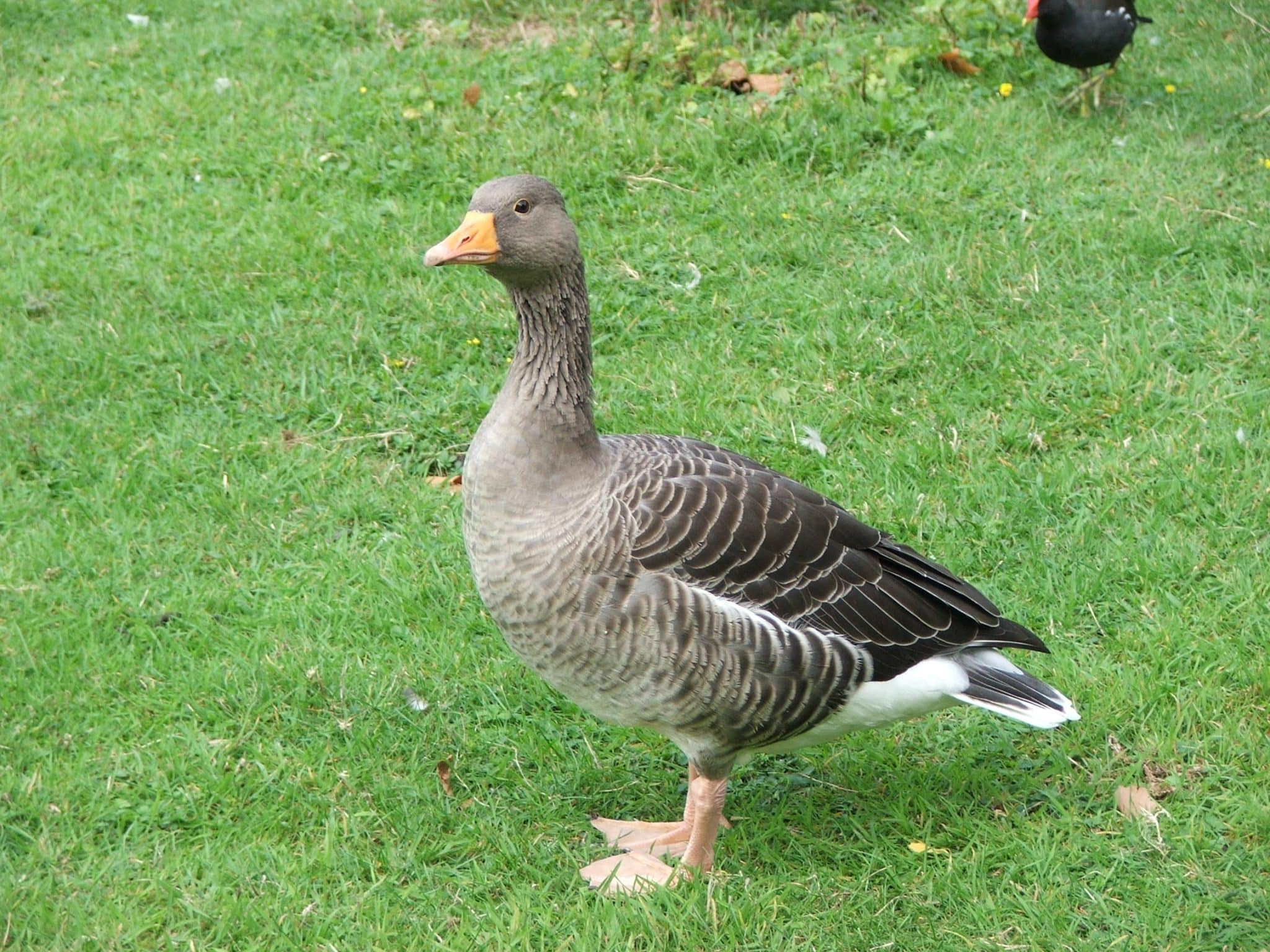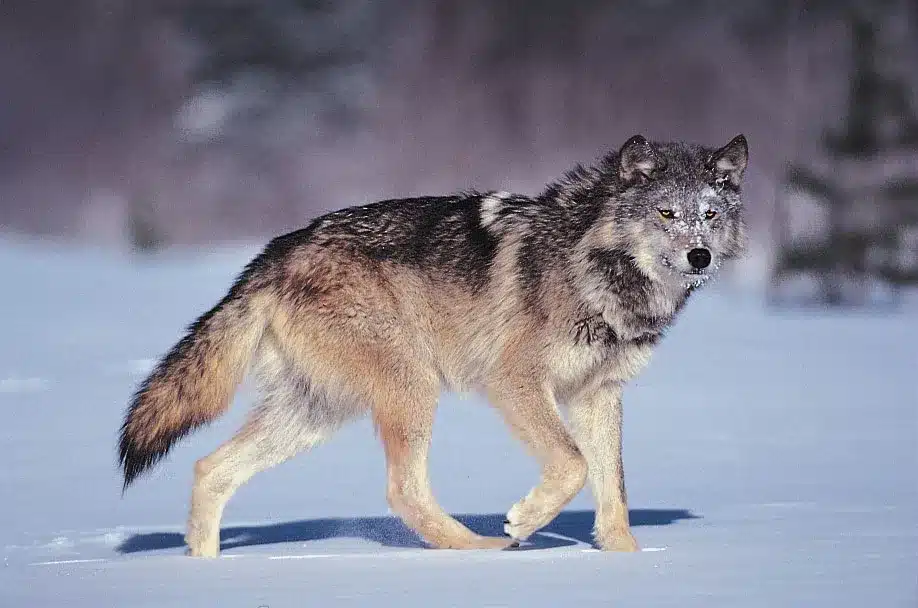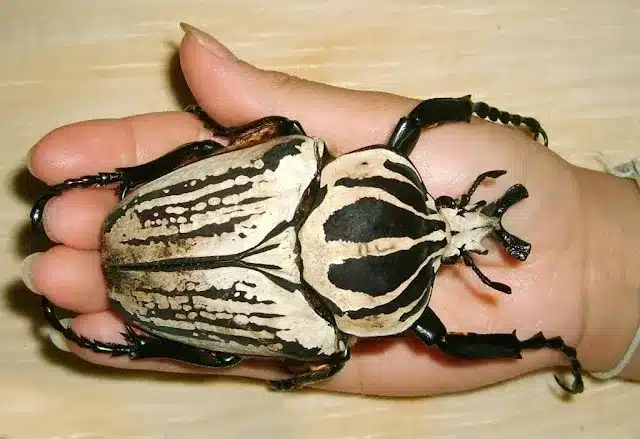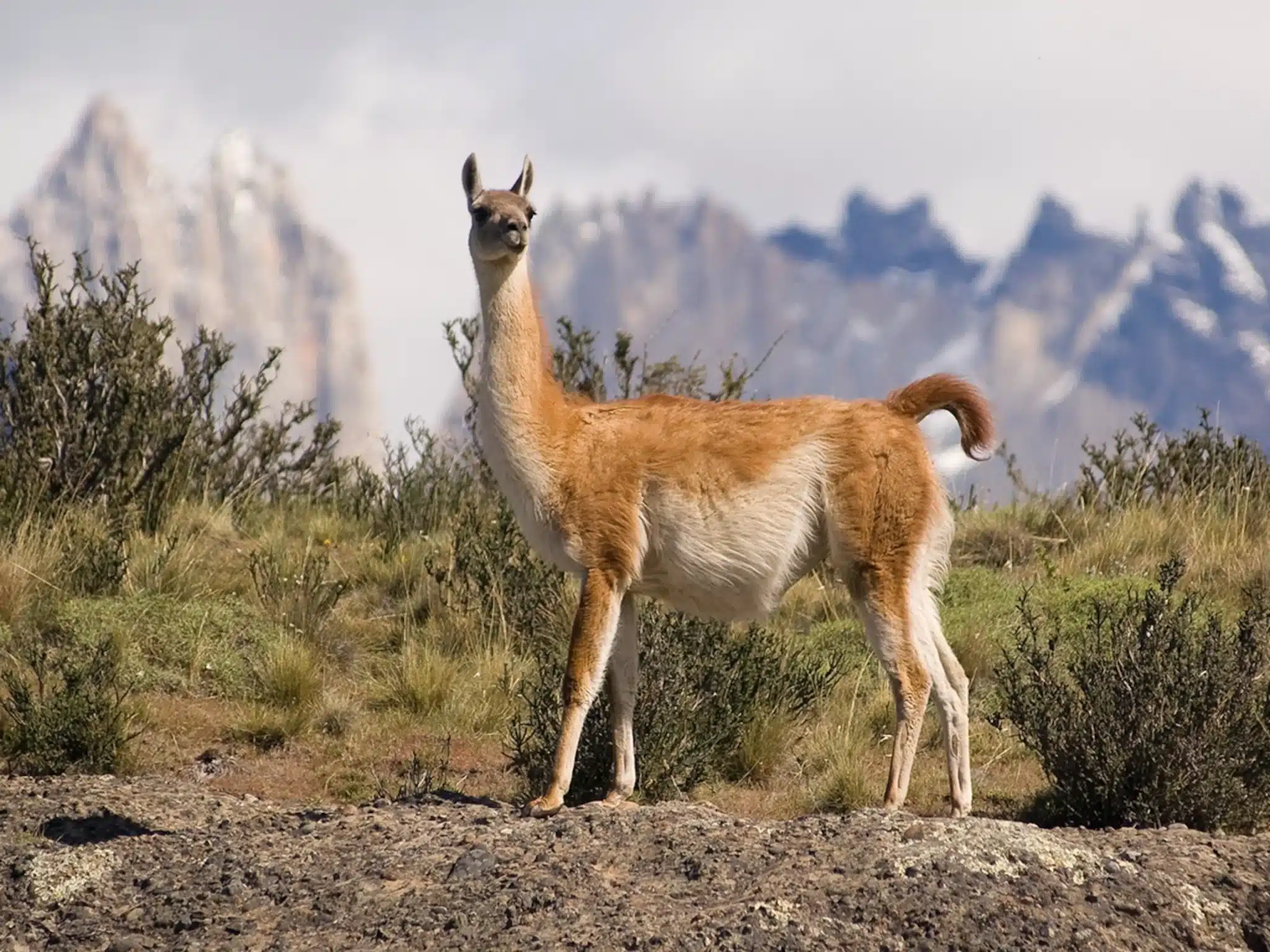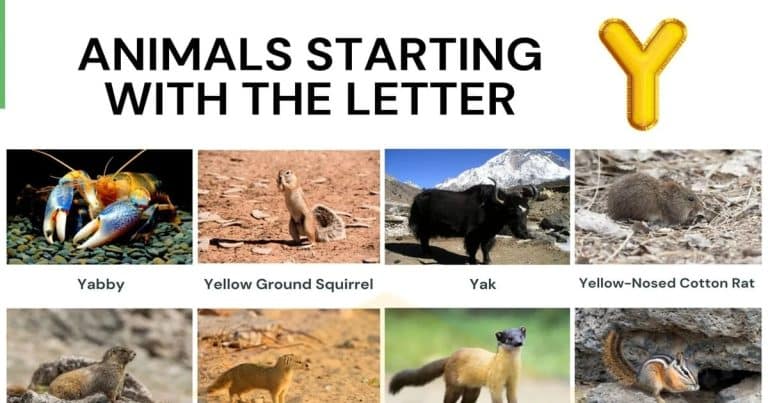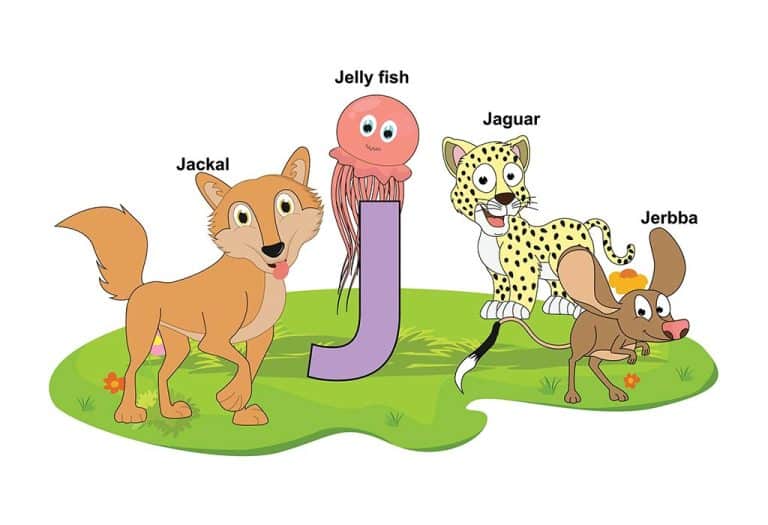The enormous world of wildlife is rich in diversity of all kinds. Ranging from the form of survival to the ecosystem, wildlife gives us a delightful experience of various nature.
Likewise, the journey of the animal kingdom is full of variety that gives us a sneak peek into the bliss of nature and its contribution to maintaining the ecological balance.
This article is an effort to take you through a similar journey that will detail the natural world of all the creatures whose names begin with the English alphabet ‘G.’
We have listed 28 such animals from different habitats and have an important role in balancing the course of our ecosystem.
Right from the depths of oceans to the dense jungle areas, this list gives the perfect example of adaptability and the possibilities that life has on our planet.
So, without any further ado, let us get started on the insightful list covering different animals and a few information on each.
List of Animals that Start with G
1. Gazelle
- Place of Origin: Africa, Asia
- Regions of Habitat: Savannas, grasslands
- Scientific Name: Gazella
Gazelles are elegant and swift animals, easily recognized by their slender builds and graceful leaps.
These herbivores have adapted to various environments, from dry savannas to grasslands, and play a crucial role in their ecosystems as prey for large predators.
Interesting Fact: Gazelles are known for their exceptional ability to conserve water and survive in arid environments.
This adaptation allows them to go for long periods without drinking, get moisture from the plants they consume, and minimize water loss through physiological mechanisms.
2. Gorilla
- Place of Origin: Central Africa
- Region of Habitat: Tropical rainforests
- Scientific Name: Gorilla
Gorillas are the largest primates, distinguished by their robust build and predominantly herbivorous diet.
They live in tight-knit family groups led by a dominant male and are known for their complex social structures, deep emotional capacity, and varying vocalizations.
Interesting Fact: Gorillas exhibit remarkable intelligence and have been observed using tools in the wild.
They can express a range of emotions, and their social interactions often include grooming, play, and various forms of communication, highlighting their sophisticated cognitive abilities.
3. Goldfish
- Place of Origin: East Asia
- Regions of Habitat: Domesticated worldwide, originally from freshwater ponds and streams
- Scientific Name: Carassius Auratus
Goldfish are one of the most recognized aquarium pets, bred for centuries for their vibrant colors and diverse forms.
These peaceful, social fish can grow surprisingly large in proper conditions and exhibit a range of personalities and behaviors.
Interesting Fact: Goldfish have a reputation for short memory spans, but studies have shown they can remember things for months.
They can be trained to navigate mazes, recognize their owners, and perform tricks, debunking myths about their cognitive abilities.
4. Giraffe
- Place of Origin: Africa
- Regions of Habitat: Savannas, grasslands, open woodlands
- Scientific Name: Giraffa Camelopardalis
Giraffes are the tallest terrestrial animals, renowned for their long necks and legs and distinctive coat patterns.
These herbivores primarily feed on leaves and twigs, with their height giving them an advantage in reaching foliage inaccessible to other herbivores.
Interesting Fact: A giraffe’s neck is too short to reach the ground, so it must awkwardly spread its front legs or kneel to reach the water.
Their circulatory system is uniquely adapted to deal with the changes in blood pressure when they raise and lower their heads.
5. Gibbon
- Place of Origin: Southeast Asia
- Regions of Habitat: Rainforests
- Scientific Name: Hylobatidae
Gibbons are small, arboreal apes known for their incredible agility and ability to brachiate through trees. These primates have long arms and proportionally small bodies and exhibit monogamous pair bonding, with families singing complex, melodic songs.
Interesting Fact: Gibbons are among the best acrobats of the animal kingdom, capable of swinging through trees at speeds of up to 35 mph and making leaps of over 30 feet.
This brachiation is a highly efficient mode of locomotion in the dense forest canopy.
6. Grizzly Bear
- Place of Origin: North America
- Regions of Habitat: Forests, mountainous areas, tundra
- Scientific Name: Ursus Arctos Horribilis
Grizzly bears are large, powerful animals with a distinct hump on their shoulders and long claws.
They have a varied diet, including fish, mammals, roots, and berries, and are known for their ability to adapt to different environments.
Interesting Fact: Grizzly bears have an excellent sense of smell, surpassing that of dogs. This keen sense allows them to locate food, including carcasses, from miles away.
It’s also essential for their complex social communication and detecting potential threats or mates.
7. Gnu (Wildebeest)
- Place of Origin: Eastern and Southern Africa
- Regions of Habitat: Grasslands, savannas
- Scientific Name: Connochaetes
Gnus, or wildebeests, are large, hooved mammals known for annual mass migrations.
They have a distinctive appearance with shaggy manes, curved horns, and a robust build, adapted for life on the open plains where they graze in large herds.
Interesting Fact: The annual wildebeest migration is one of Earth’s most spectacular wildlife events.
Over 1.5 million wildebeest zebras and gazelles migrate clockwise over 1,800 miles across the Serengeti-Mara ecosystem in search of grazing and water.
8. Guppy
- Place of Origin: Northeast South America
- Regions of Habitat: Freshwater streams, rivers, and ponds
- Scientific Name: Poecilia Reticulata
Guppies are small, vibrant freshwater fish popular in home aquariums.
They come in a dazzling array of colors and tail shapes from selective breeding. In the wild, they are adaptable and can survive in various environmental conditions.
Interesting Fact: Guppies are known for their remarkable reproductive strategy. Females can store sperm for months and give birth to live young multiple times from a single mating.
This ability, along with their rapid maturation, allows for quick population growth and adaptability in new environments.
9. Gecko
- Place of Origin: Worldwide, predominantly in warm climates
- Regions of Habitat: Tropical rainforests, deserts, urban areas
- Scientific Name: Gekkonidae
Geckos are small to medium-sized lizards known for their vibrant colors and distinctive vocalizations.
They possess unique toe pads that allow them to climb smooth and vertical surfaces effortlessly, making them adept at navigating various environments.
Interesting Fact: Some gecko species can “drop” their tails as a defense mechanism. This self-amputation, or autotomy, distracts predators while the gecko escapes.
The tail regrows over time, although it may differ in appearance.
10. Gila Monster
- Place of Origin: Southwestern United States and Mexico
- Regions of Habitat: Desert, scrubland
- Scientific Name: Heloderma Suspectum
The Gila Monster is one of the few venomous lizards in the world. It has a stocky body with distinctively patterned black and pink or orange skin.
They are slow-moving, relying on their venom for defense and to subdue prey.
Interesting Fact: Gila Monsters have a unique method of venom delivery. Unlike snakes that inject venom, they chew to introduce venom into their prey.
Their venom is a neurotoxin, and while bites are rarely fatal to humans, they can be extremely painful.
11. Guinea Pig
- Place of Origin: Andes, South America
- Regions of Habitat: Originally in high regions, now domesticated globally
- Scientific Name: Cavia Porcellus
Guinea pigs are small, sociable rodents, popular as household pets. They have a compact, robust body, no tail, and various coat types and colors.
Known for their vocalizations, they require social interaction and thrive in pairs or groups.
Interesting Fact: Despite their name, guinea pigs are not from Guinea or related to pigs.
They were domesticated as livestock in the Andes for their meat and played an essential role in Andean societies’ cultural and dietary practices.
12. Giant Panda
- Place of Origin: Central China
- Regions of Habitat: Temperate broadleaf and mixed forests
- Scientific Name: Ailuropoda Melanoleuca
The Giant Panda is known for its distinctive black and white coat and primarily feeds on bamboo. They have a stocky build and a unique thumb-like extension on their wrist, which helps them grasp bamboo stalks.
Pandas are crucial in China’s bamboo forests because they spread seeds and facilitate vegetation growth.
Interesting Fact: Despite being classified as carnivores, giant pandas have a diet of over 99% bamboo.
This unusual diet is due to their evolutionary loss of the umami taste receptor, making meat less palatable. They occasionally eat other foods like honey, eggs, fish, and yams.
13. Gharial
- Place of Origin: Indian Subcontinent
- Regions of Habitat: Rivers
- Scientific Name: Gavialis Gangeticus
The gharial is a crocodile-like creature, distinguished by its long, thin snout. It’s adapted primarily for catching fish, making it less threatening to humans than other crocodilian species.
Gharials are critically endangered, with only a few hundred in the wild.
Interesting Fact: The gharial is one of the largest crocodile species, with males growing up to 20 feet long. Unlike other crocodilians, their teeth are visible even when the mouth is closed.
The bulbous growth on the tip of the male’s snout, called a ‘ghara’ (after the Indian word for ‘pot’), is used to amplify vocalizations and as a visual signal to females.
14. Galapagos Tortoise
- Place of Origin: Galapagos Islands
- Regions of Habitat: Volcanic islands
- Scientific Name: Chelonoidis Niger
The Galapagos tortoise is one of the largest tortoise species known for its long lifespan, exceeding 100 years. These giant tortoises have a variety of shell shapes and sizes, adapted to different environments on the Galapagos Islands.
Interesting Fact: Charles Darwin’s observations of Galapagos tortoises contributed to his theory of evolution.
The shape of their shells varies between islands, adapting to different ecological niches. Some have ‘saddleback’ shells for reaching high vegetation, while others have dome-shaped shells for grazing on lower vegetation.
15. Golden Eagle
- Place of Origin: Northern Hemisphere
- Regions of Habitat: Mountains, hills, cliffs
- Scientific Name: Aquila Chrysaetos
The golden eagle is a large, powerful bird of prey known for its agility and speed, especially during hunts.
It possesses a wingspan of up to 7 feet and is characterized by dark brown plumage with lighter golden-brown plumage on its head and neck.
Interesting Fact: Golden eagles have incredible eyesight, allowing them to spot prey from miles away.
They have been revered in various cultures throughout history and are a national symbol in several countries, including Mexico and Germany.
These birds are monogamous and may remain with their mate for many years or even life.
16. Groundhog
- Place of Origin: North America
- Regions of Habitat: Woodlands, grasslands
- Scientific Name: Marmota Monax
The groundhog, a woodchuck, is a rodent known for its burrowing habits and significant role in soil aeration and nutrient redistribution.
It has a stout body and short legs and is covered with coarse gray-brown fur.
Interesting Fact: Groundhogs are known for their weather prediction folklore, particularly in the United States and Canada, with the tradition of Groundhog Day.
According to legend, if a groundhog sees its shadow on February 2nd, it predicts six more weeks of winter.
17. Green Anaconda
- Place of Origin: South America
- Regions of Habitat: Swamps, marshes, streams
- Scientific Name: Eunectes Murinus
The green anaconda is one of the largest and most powerful snakes in the world, known for its immense size, often exceeding 20 feet in length and weighing over 200 pounds.
It has an olive green color with black blotches along the body.
Interesting Fact: Green anacondas are excellent swimmers and spend most of their life in water. They are non-venomous and kill their prey by constriction, suffocating them before ingestion.
Their diet includes many animals, including fish, birds, mammals, and caimans.
18. Goliath Frog
- Place of Origin: Central Africa
- Regions of Habitat: Near rivers and waterfalls
- Scientific Name: Conraua Goliath
The Goliath frog is the world’s largest frog species, reaching lengths of up to 32 centimeters and weighing as much as a newborn human baby.
Despite its size, it has a diet similar to smaller frogs, primarily eating insects and other small invertebrates.
Interesting Fact: The goliath frog is notable not only for its size but also for its unique breeding behavior. They build nests in rivers by pushing rocks into semi-circular formations.
Due to habitat destruction, overhunting for food, and the pet trade, they are now considered endangered.
19. Grasshopper
- Place of Origin: Worldwide
- Regions of Habitat: Grasslands, forests, agricultural areas
- Scientific Name: Caelifera
Grasshoppers are known for their long hind legs, which are used for hopping distances many times their body length.
They vary in color, usually matching their environment, and have a distinctive song created by rubbing their legs against their wings.
Interesting Fact: Grasshoppers have been around for 250 million years, indicating their remarkable adaptability.
They can cause significant agricultural damage in large numbers, known as locust swarms. These swarms can travel great distances, devastating crops and affecting food security.
20. Great White Shark
- Place of Origin: Worldwide in cool, coastal waters
- Regions of Habitat: Oceans
- Scientific Name: Carcharodon Carcharias
The great white shark is one of the most well-known species, characterized by its large size, powerful build, and rows of sharp, serrated teeth.
They are apex predators, playing a crucial role in the oceanic ecosystem.
Interesting Fact: Great white sharks have a highly developed sense of smell and can detect a drop of blood in 25 gallons of water.
They also have special organs that can sense the electromagnetic fields generated by other creatures, aiding them in hunting.
21. Green Sea Turtle
- Place of Origin: Tropical and subtropical seas worldwide
- Regions of Habitat: Oceans, beaches (for nesting)
- Scientific Name: Chelonia Mydas
The green sea turtle is one of the largest sea turtles, with a distinctive heart-shaped shell and flippers adapted for swimming.
They are named for the greenish color of their cartilage and fat, not their shells.
Interesting Fact: Green sea turtles undertake long migrations between their feeding grounds and the beaches where they nest.
Some females return to the exact beach where they were born to lay their eggs, a journey that can span thousands of miles.
22. Grouse
- Place of Origin: North America, Eurasia
- Regions of Habitat: Forests, moorlands, mountains
- Scientific Name: Tetraonini
Grouse are medium-sized birds known for plump bodies, feathered legs, and fan-shaped tails. They are ground-dwellers and are adapted to cold habitats.
Their coloration is typically cryptic, providing camouflage in their natural environment.
Interesting Fact: Grouse are known for their elaborate courtship displays, particularly the males. They perform a “lekking” behavior, where males gather in an area and display to attract females.
The displays include unique vocalizations, strutting, and other physical demonstrations.
23. Goldfinch
- Place of Origin: Europe, North Africa, western Asia; American goldfinch in North America
- Regions of Habitat: Gardens, orchards, open woodlands
- Scientific Name: Spinus Tristis
Goldfinches are small, brightly colored birds with distinctive red faces and yellow wing patches. They have a melodious song and are often seen in flocks.
Interesting Fact: Goldfinches are highly adaptable to human-altered environments and often visit bird feeders. They are known for their acrobatic feeding style, often hanging upside-down to access seeds.
24. Giant Anteater
- Place of Origin: Central and South America
- Regions of Habitat: Savannas, rainforests, grasslands
- Scientific Name: Myrmecophaga Tridactyla
The giant anteater has a distinctive long snout, bushy tail, and elongated claws. It is known for its unique method of feeding on ants and termites.
Interesting Fact: Despite no teeth, giant anteaters have a specialized tongue extending up to two feet to capture ants and termites. They consume thousands of insects daily.
25. Goose
- Place of Origin: Europe, Northern Africa
- Regions of Habitat: Lakes, rivers, grasslands, coastal areas
- Scientific Name: Anser Cygnoides
Geese are large waterfowl known for their long necks, webbed feet, and honking call. They vary in size and color but typically have a bulky body and a flat bill.
Interesting Fact: Geese are highly social birds known for their migratory habits, often flying in a “V” formation.
This formation improves their flight efficiency and helps them communicate and maintain visual contact with each other.
26. Gray Wolf
- Place of Origin: North America
- Regions of Habitat: Forests, tundras, grasslands, deserts
- Scientific Name: Canis lupus
Gray wolves are large canines known for their powerful build and varied fur colors, typically a mix of gray, brown, black, and white. They are highly social animals, living in packs.
Interesting Fact: Gray wolves have complex social structures and communication methods, including vocalizations, body postures, and scent markings. They play a crucial role in their ecosystems as apex predators.
27. Goliath Beetle
- Place of Origin: Africa
- Regions of Habitat: Tropical rainforests
- Scientific Name: Goliathus
Goliath beetles are among the largest insects on Earth, known for their massive size and striking patterns. Their colors range from black, brown, and white to iridescent green and blue.
Interesting Fact: Goliath beetles have an interesting life cycle, starting from a large larva that can weigh more than 100 grams.
The larvae feed extensively to accumulate energy for the metamorphosis into adulthood.
28. Guanaco
- Place of Origin: South America
- Regions of Habitat: Mountains, deserts, plains
- Scientific Name: Lama Guanicoe
Guanacos are wild relatives of llamas, characterized by their slender bodies, long necks, and soft wool. They are well-adapted to high-altitude environments.
Interesting Fact: Guanacos are essential to their ecosystems as a prey species for predators like the puma.
They have adapted to harsh conditions, can go without water for long periods, and eat plants other animals avoid.
Conclusion
Despite knowing so much about the animal kingdom, much more is left to explore.
Through our exploration of the animals, starting with ‘G,’ we have witnessed our fauna’s diverse world.
The list of the animals mentioned above reminds us of the rich diversity. The most interesting part of animal life is that they are interconnected with the thread of dependence and survival.
This also gives us the idea that nature is enriched with a wide variety of diversification, and this list is just a reminder of the importance of every life form for a suitable ecological balance.
We need to understand the importance of every single resource on our planet and the importance of preserving them for a sound future.
This is all from us; share your views on the animal list that starts with ‘G’ and the additions you would like to bring.

